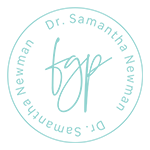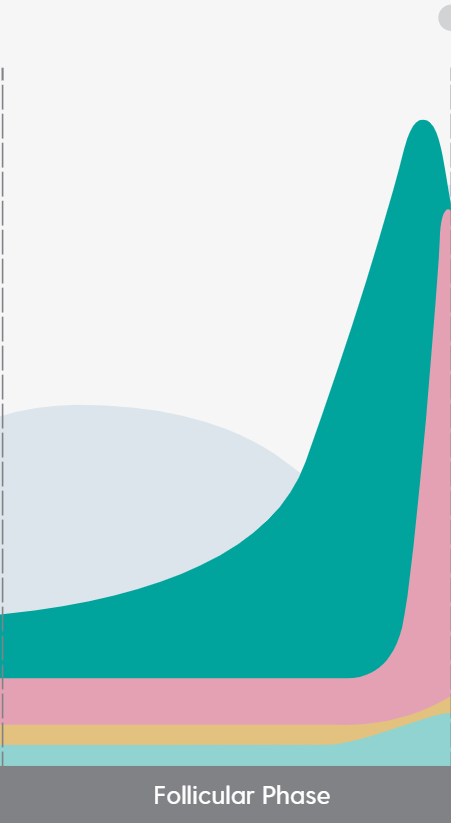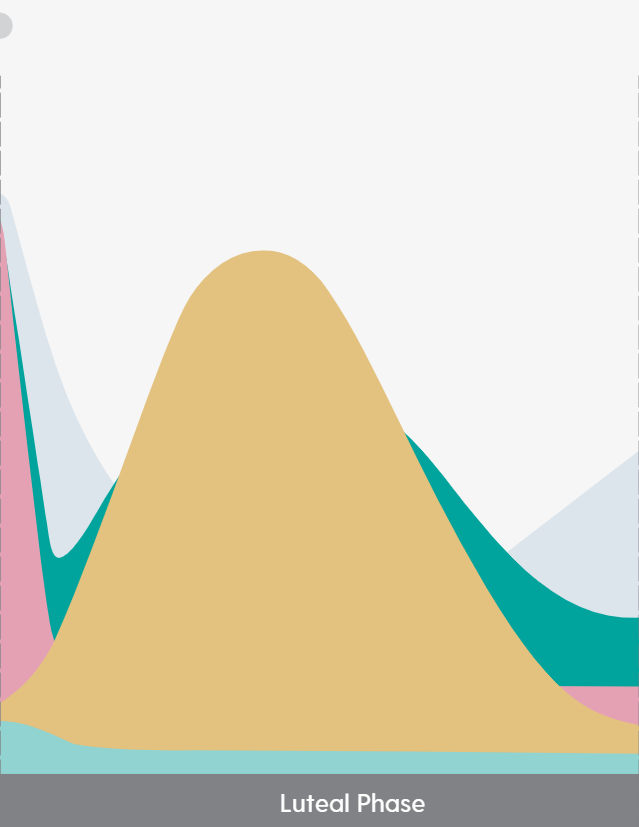Monthly Cycling
Your menstrual cycle is a natural process made up of four key stages: Menstruation, Follicular, Ovulation, and Luteal. Knowing how these stages work helps you better understand your body and mind.
Understanding the Menstrual Cycle
Cycling
Cycling.. going in circles. Recognizing what comes before and after feels predictable. This aids in developing control over the various feelings and symptoms.

You don’t need to control every phase — just understand it, and respond with care.
Each inner season has:
- A hormonal and biological foundation
- Common mental and emotional states
- Natural strengths
- Energy patterns and challenges
- Nutrition and movement that support it
Living in Rhythm: Your Inner Seasons
Your menstrual cycle is more than just hormones and periods — it’s a rhythmic pattern that touches every part of you: body, brain, energy, mood, motivation, and even how you see yourself.
Rather than viewing it as unpredictable or chaotic, think of your cycle as a seasonal landscape you move through each month — with each phase offering its own weather, mood, and natural rhythm. This approach can help you anticipate your needs, recognise patterns, and plan your life with more self-compassion and clarity.
The Menstrual Cycle | 4 Phases
Menstruation | Follicular Phase | Ovulation | Luteal Phase

Phase 1: Menstruation
Inner Winter
Like the stillness of mid-winter, this is a time for rest, retreat, and quiet repair.
Energy turns inward now. Hormones are at their lowest, and your body is focused on shedding the uterine lining, a process that can bring fatigue, cramps, and a need for warmth. Just as nature lies still under a winter sky, you may feel best when conserving energy, avoiding overstimulation, and allowing slower mornings.
Sensory sensitivities can be stronger, making noise, bright lights, or scratchy fabrics harder to tolerate. This is a phase to choose softness — in your clothing, in your surroundings, and in how you treat yourself. Gentle movement, warm meals, and flexible schedules help you move through this phase with more ease.
Phase 2: The Follicular Phase
Inner Spring
Like the first shoots of spring, this phase brings fresh energy, curiosity, and new beginnings.
Estrogen begins to rise, lifting mood, sharpening focus, and boosting motivation. You may feel more playful, ready to try new things, and open to changes in your routines. Just as spring invites planting seeds, this is a good time to start projects, learn new skills, and plan ahead. But new energy can bring restlessness - it’s easy to start many things without finishing them.
Breaks for nourishment and pacing are important so you don’t burn out before the month’s cycle is complete. Clothing feels more comfortable, energy is steadier, and socialising may feel lighter and more enjoyable.
Phase 3: Ovulation
Inner Summer
Like high summer in full bloom, this is a time of visibility, connection, and peak vitality.
With estrogen peaking and a small boost of testosterone, your social energy, verbal fluency, and confidence are often at their highest. Just as summer days invite gathering and celebration, this phase can feel full of opportunity - for connection, creativity, and physical performance.
You may find it easier to speak up, collaborate, and take on active projects. The flip side is that it’s easy to overschedule, overexert, or forget to rest. Body temperature runs slightly warmer, so breathable clothing, hydration, and joint care can help. Meals may need planning ahead, as busy days can make regular eating harder.
Phase 4: The Luteal Phase
Inner Autumn









